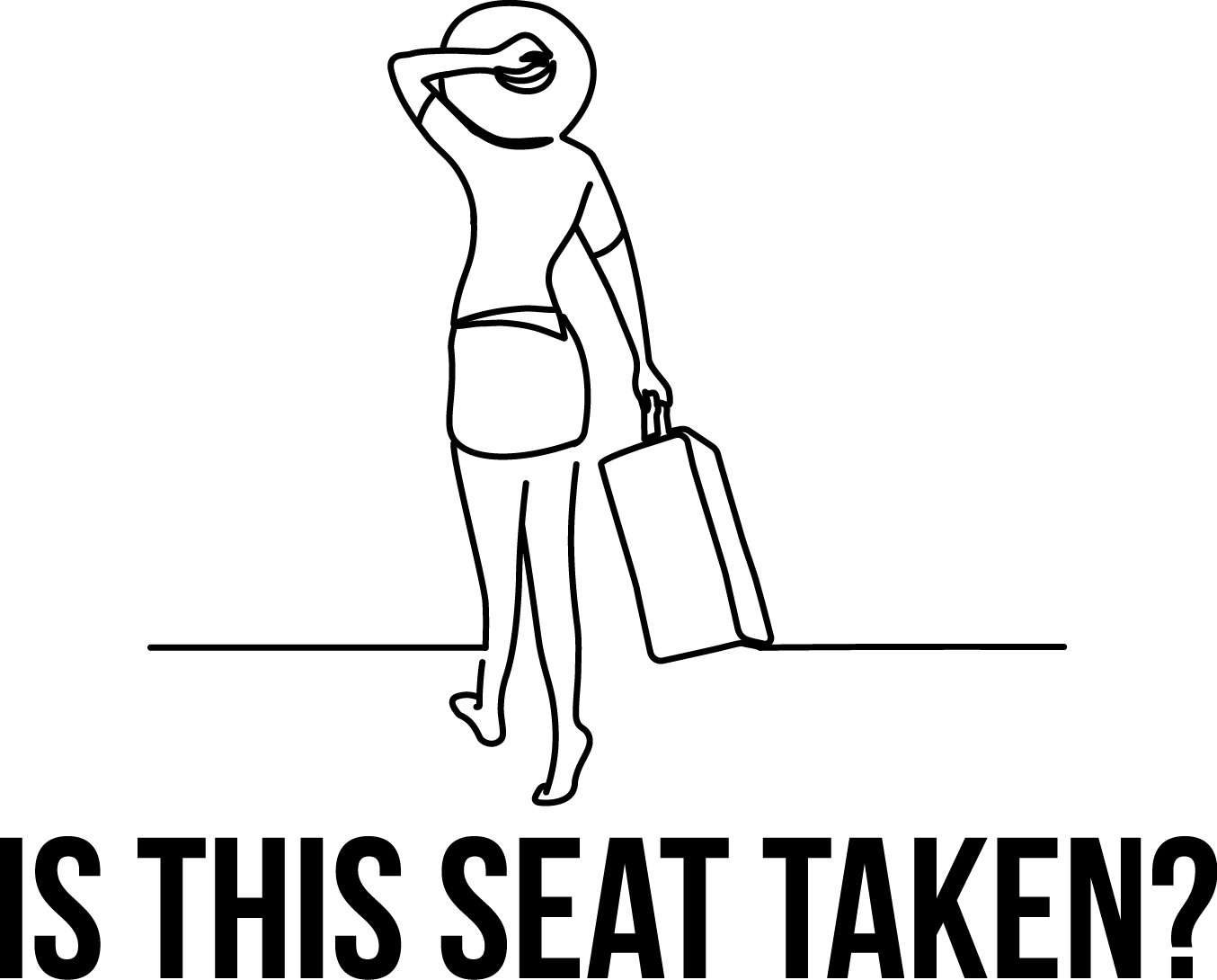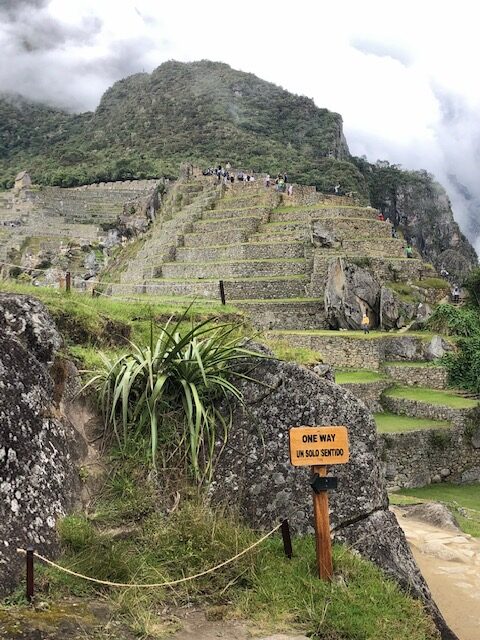Real Covid-19 Rules and Regulations (and All the Things They Don’t Tell You!)
As of May 2021, Peru is having its second wave and the severity is categorized as high – extreme. Vaccines are only available for those 80 years and older, and on top of that, many residents are hesitant about getting the vaccine when their turn comes. That being said, the country is struggling without the tourism. If you have been vaccinated and don’t mind some inconveniences, now is a really great time to experience Peru without the crowds, soaking in the unique sights and truly appreciating what this amazing country has to offer.
A negative Covid test (within 3 days before travel) is required when entering the country. Both the US and the Peru airport will ask for a printout or screenshot.
If flying or traveling domestically for under 5 hours, no Covid test is necessary. For example, it is not required flying from Lima to Cusco, but taking a 13 hour overnight bus from Lima to Cusco does require a negative Covid test result.
Covid tests cost money for locals and travelers (usually about 80Soles).
The Antigen test results are available in an hour. The administrators mostly use the long swabs.
The two most convenient places for Covid tests when traveling are the Clinica Paredes, just 10 minutes from the main square in Cusco, and then at Lima Airport’s outdoor testing tents. It’s best to make reservations beforehand.
Having the vaccine is not a substitute to a negative Covid test. In fact, no one mentions the vaccine.
A visor and double mask is required for any public transportation or indoor shopping. Pro tip: most visors sold in Peru have two plastic films on either side. We didn’t discover the second film until Day 2 and noticed many other tourists had the same issue.
Everyone wears one mask, but the double mask is less enforced.
The curfew is 9PM. This means that people need to be home by 9PM. The only exceptions are restaurants that offer takeout and businesses that have been approved by the government. For example, our tour group was heading back to Lima at 11PM, but Peru Hop had permission to do so.
Before entering any establishment, an employee with greet you with a temperature check and hand sanitizer spritz.
Some locals will go as far as to spray your feet, luggage and soak your money is antibacterial liquid. Most places also have foot pads to wipe your shoes.
There is limited indoor capacity. Anything from 20-40% depending on the region.
Churches, beaches and some parks in Lima are closed.
Many businesses, hotels and restaurants permanently closed due to lack of tourism. This is especially evident in towns like Aguas Calientes and the smaller farm stands when hiking.
Famous restaurants and sites are temporarily closed. For example, the acclaimed Amaze restaurant in Lima and Huayna Picchu are both closed.
Traffic was one of the bigger issues in Lima, but since the pandemic it is much easier to get around.
Education is a problem. Peruvians who aren’t educated are weary of travelers passing on Covid, even if vaccinated, outdoors and 20 feet away.
Business are closed on Sundays. Don’t try to book anything this day and plan accordingly.
Tours usually need a minimum of two people so anyone traveling solo should be aware of this.
On a more positive note, the tours are smaller and more personalized, award-winning restaurants that would be impossible to get into have reservations, you’ll have the Huacachina dunes, Machu Picchu ruins and Rainbow Mountains all to yourself…plus a stronger alpaca-tourist ratio.



